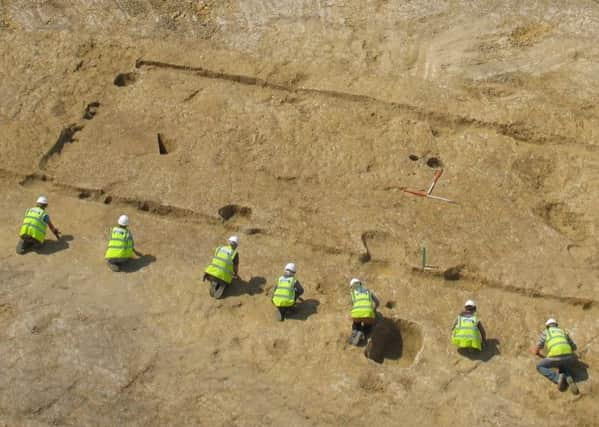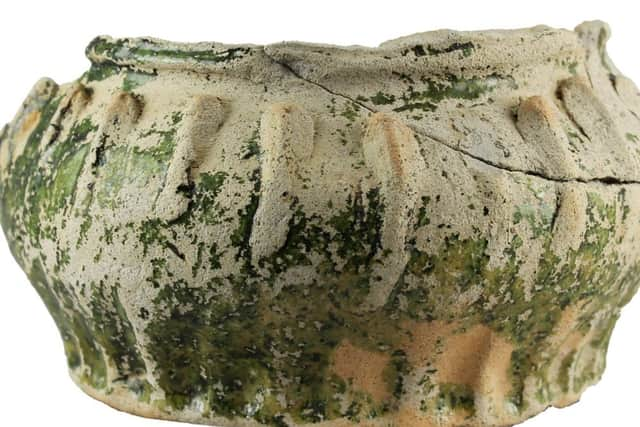Evidence of prehistoric living in the Weald revealed after Broadbridge Heath excavation


This new evidence, found at Countryside Properties’ Wickhurst Green in Broadbridge Heath, sheds further light on the theory that the Weald was not the unpopulated wilderness during prehistoric times that it was previously thought to be.
“The Wickhurst Green archaeological project has greatly increased knowledge of the archaeology and history of Broadbridge Heath and the wider region,” explained Robert Masefield, archaeology director from RPS Planning and Development.
Advertisement
Hide AdAdvertisement
Hide Ad“The findings have given us a better picture of when and how the agricultural landscape of the region evolved and shows us that there was in fact a lot more going on in terms of settlement than we realised in the Weald during prehistoric times, especially the Iron Age,” continued Robert, the archaeological consultant for the project


Archaeologists from Archaeology South-East, part of UCL, investigated the 46-hectare area of land which lies close to the source of the River Arun.
The area forms part of the Weald, which spans much of East and West Sussex, deriving its name from the Old English word for forest.
The area retains its wooded nature to this day, however archaeologists revealed indications that the area was cleared of woodland and used for agricultural purposes much earlier than had been previously thought.
Advertisement
Hide AdAdvertisement
Hide AdAndrew Carrington, strategic land director at Countryside Properties added: “We are pleased that the work undertaken here furthers the understanding of history during these periods of early human presence in this region.